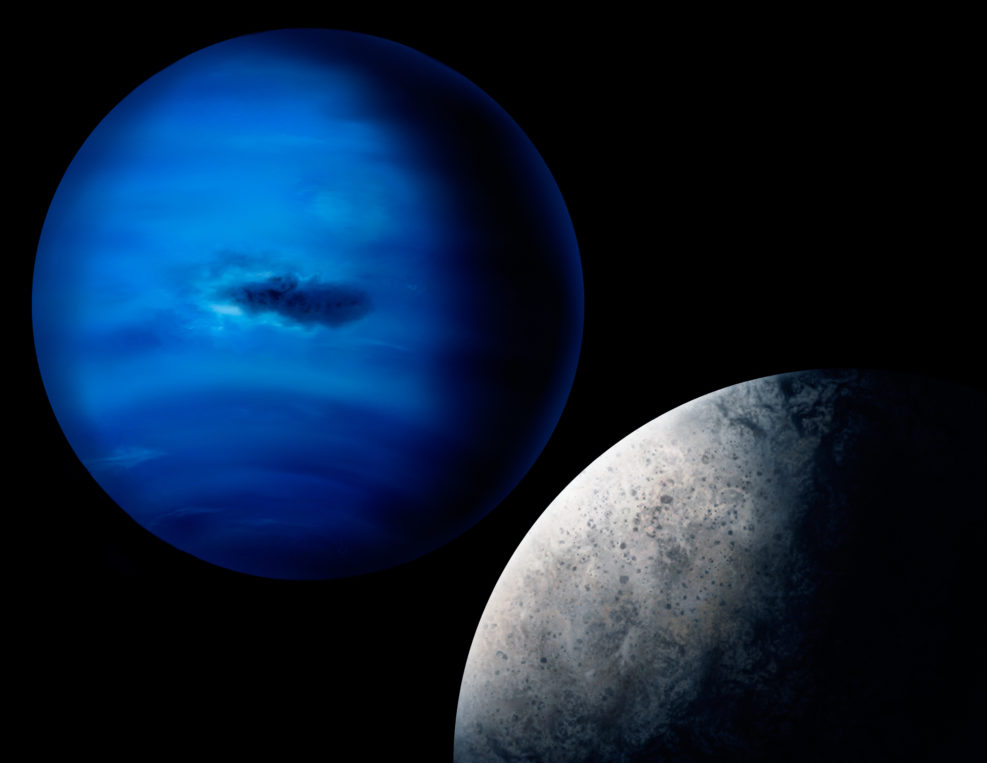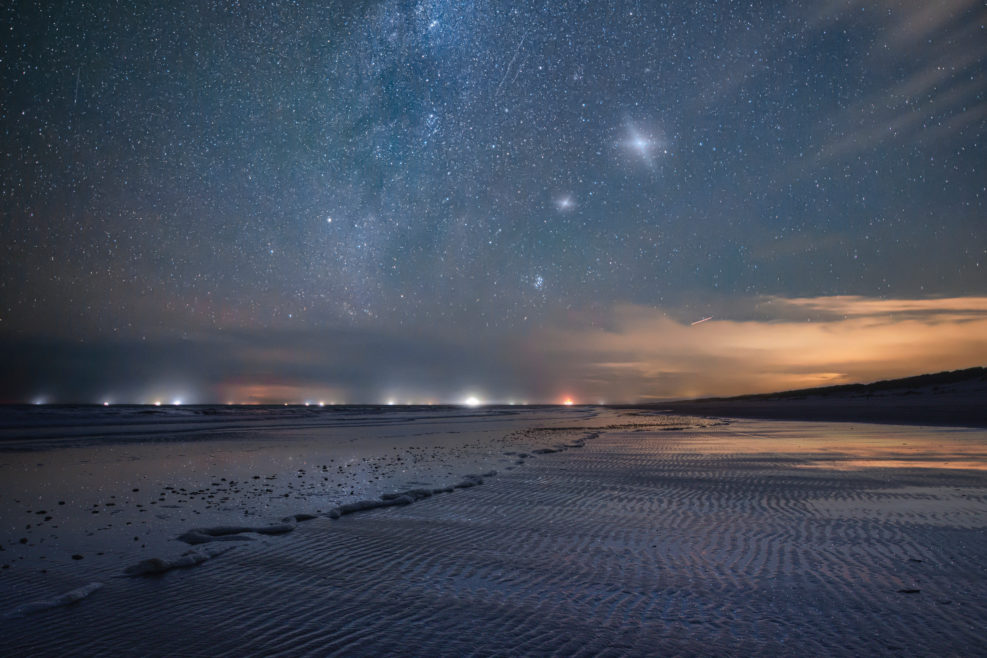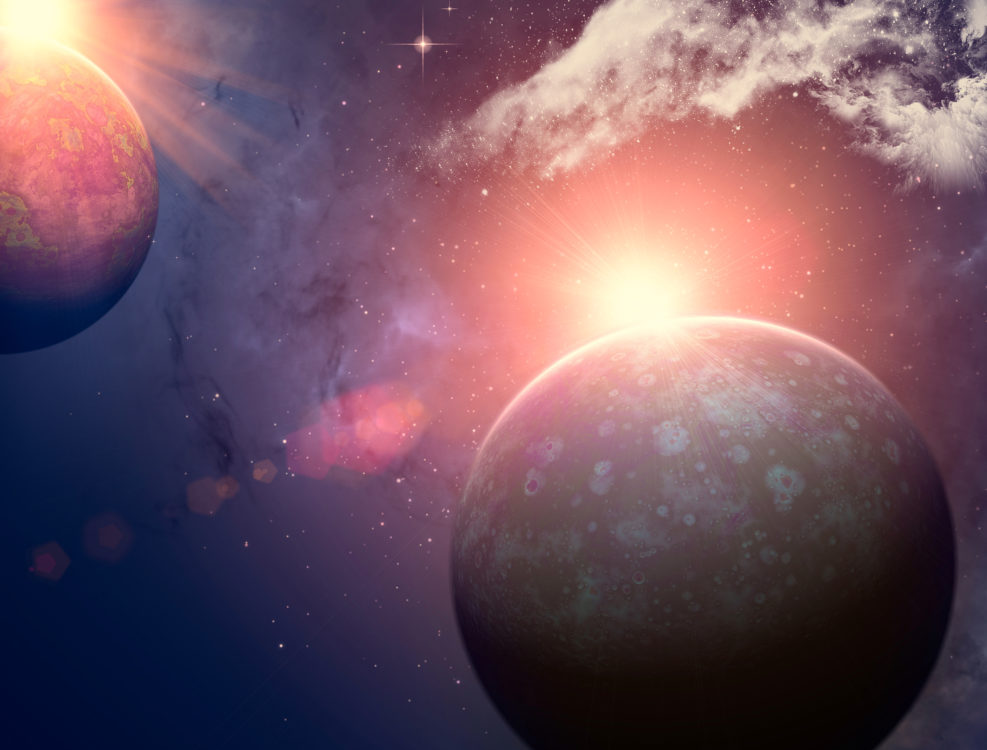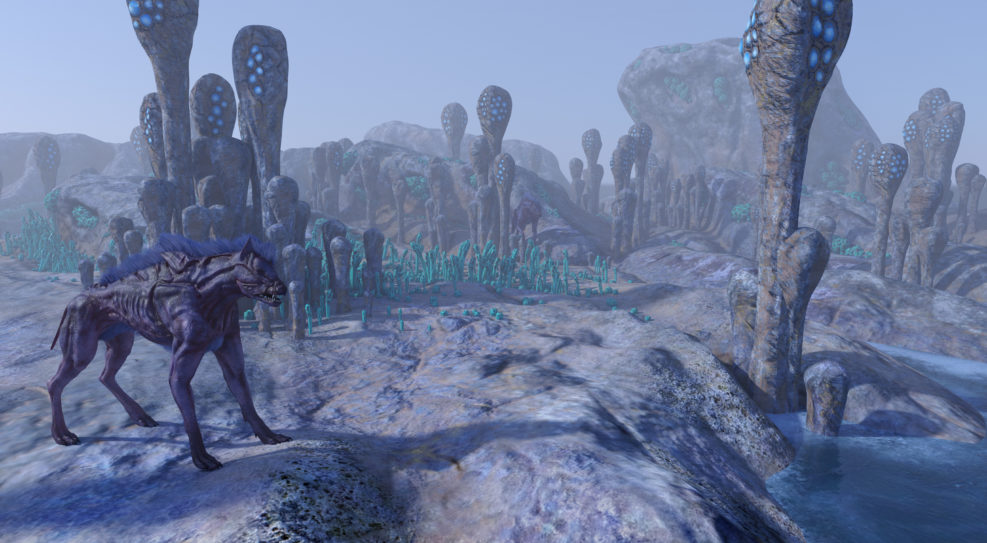
Search for Extraterrestrial Life 13
A surprising candidate in the search for life in our solar system is Neptune’s moon TritonIn our universe: The invisible numbers of the universe: At Scientific American, “Invisible Numbers Are the Most Beautiful Part of Every ‘Space’ Image”: “We are drawn to breathtaking images of the heavens, but there is beauty in the numbers those images hold … Scientists are trained to understand reality through the interface of models. To an astronomer, a graph with a meandering curve that constitutes proof of a gravitational wave rippling through a detector can be as exciting as seeing a movie visualizing the merger of two black holes.” (Fabio Pacucci, November 16, 2022) Asked by Laurence Tognetti at Universe Today: What if we are truly alone? “The astronomer Carl Sagan was famous for his quote in his book and Read More ›



